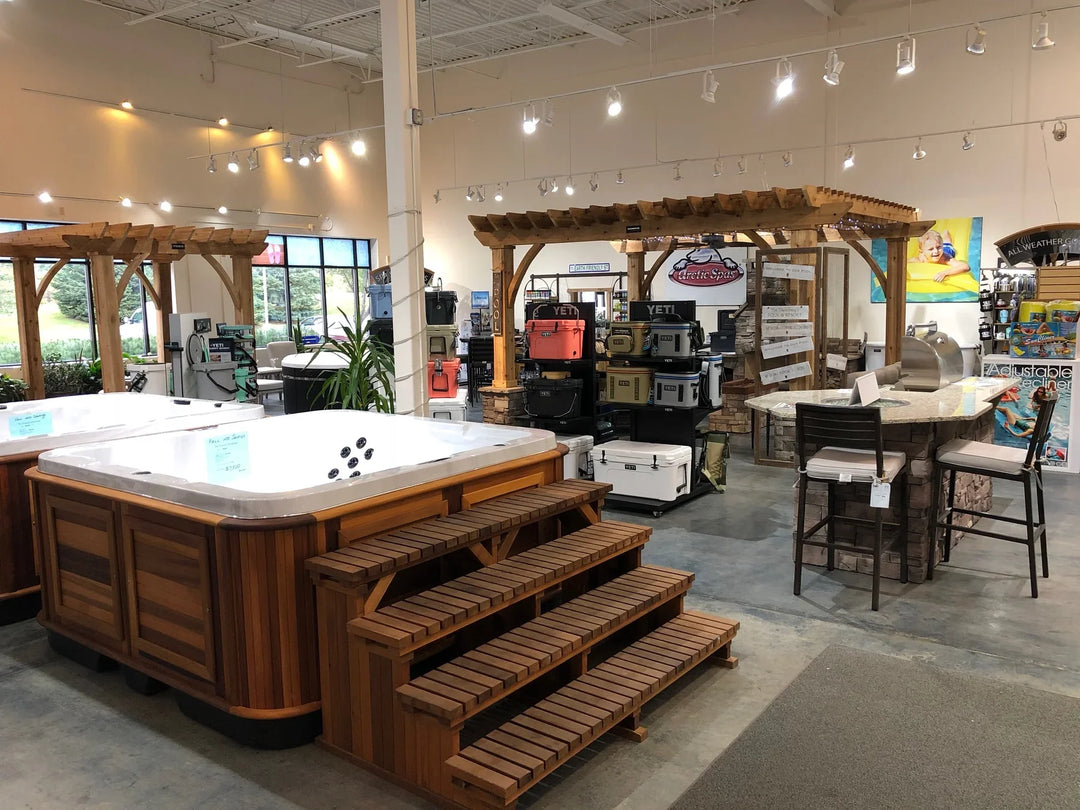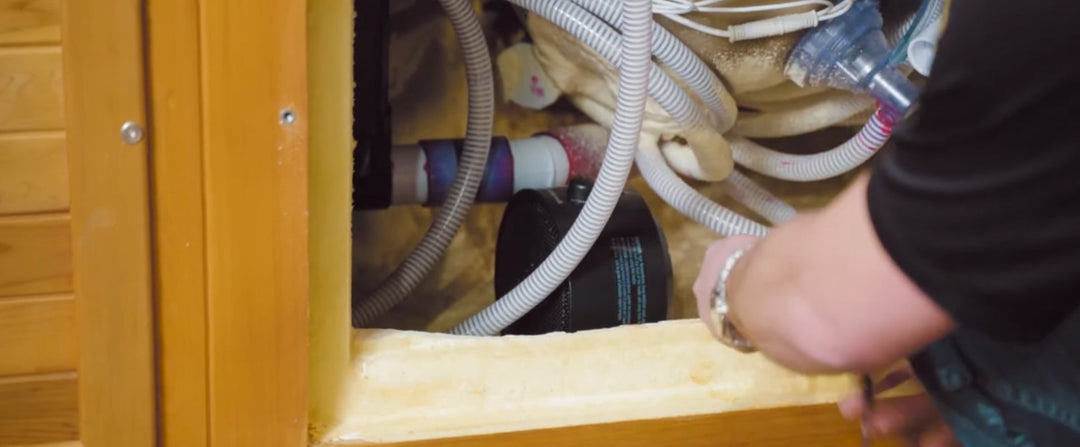🧊 What is Frost Heaving — And How Does It Affect Your Pool?
If you've opened your pool in the spring only to discover a broken pipe, shifted patio, or uneven equipment pad, frost heaving may be the culprit. It’s a natural phenomenon that occurs in colder climates, but it can cause unnatural and costly damage to pools, plumbing, and surrounding surfaces if not addressed.
❄️ What Is Frost Heaving?
Frost heaving happens when moisture in the soil freezes and expands, pushing the ground — and anything sitting on or buried within it — upward. When the ice eventually thaws, the ground doesn’t always settle evenly, leading to shifts, cracks, and collapses.
This freeze-thaw cycle is most damaging when:
-
Soil is poorly drained or made up of silts and clays.
-
Water is allowed to pool around the base of your pool structure or plumbing.
-
There is insufficient frost protection around plumbing or pool equipment.
🚨 Common Winter Damage from Frost Heaving
At Premier Pool & Spa, we most often see frost heaving cause:
-
Broken underground pipes or return lines
-
Lifted, dropped, or cracked concrete pads (especially under heaters, filters, and pumps)
-
Displaced pool coping, decks, or pavers
-
Structural damage to vinyl pool walls or surrounding ground
In many cases, damage is not visible until spring, when the ground settles unevenly and buried components shift out of alignment.
🛡️ How to Protect Your Pool from Frost Heaving
-
Proper Winterization
Make sure your pool is professionally closed each year. Lines should be thoroughly blown out, double plugged, and treated with antifreeze. While these things won't prevent frost heaving, they will prevent pipe breaks from frozen water inside the pipes. -
Improve Drainage
Ensure water is directed away from the pool area. French drains, swales, and proper grading help prevent water from pooling where frost damage is likely. -
Use Frost-Protected Piping
In cold climates, pipes should be buried below the frost line or backfilled with sand around the pipes to reduce the risk of freezing and heaving. -
Avoid Compacting Wet Soil
During installation or landscaping, avoid working with saturated soil. Compacted wet soil freezes harder and is more prone to heaving. -
Monitor Equipment Pads
Heaters and pumps should be on reinforced concrete pads with proper drainage. Consider using a foam or gravel base layer to absorb ground movement.
🧰 What to Do if You Suspect Frost Heave Damage
-
Check for leaks, uneven decking, settling/uneven equipment pads or noisy equipment during spring start-up.
-
Monitor your pool’s water level. Unexplained drops could point to a broken pipe underground.
-
Schedule an inspection or pressure test with a qualified pool service provider.
At Premier Pool & Spa, we see this every spring — and our technicians are trained to identify and correct damage caused by frost heaving and ground settling.
🎥 Helpful Resources & Videos
🧠 Final Thought
Frost heaving is an unavoidable part of living in a northern climate — but damage from it doesn’t have to be. By planning ahead and completing appropriate repairs to a pools' equipment & plumbing installation when issues arise, you can minimize risk and protect your investment.
Have questions or need help diagnosing potential frost damage?
📞 Contact Premier Pool & Spa — we’re here to help you start the season right.
Additional details on frost heaving:
Frost heaving happens when the ground swells up during freezing weather. This occurs because ice starts forming under the surface and pushes the soil upwards. For this to happen, there needs to be water in the soil that can move up to the freezing front through tiny capillaries. As the ice grows, it lifts the soil, sometimes by as much as a foot or more.
The soil has to be just the right type—not too porous and not too dense—to allow this ice formation. When this happens, it can cause problems like cracked roads and damaged foundations. Frost heaving isn't just a problem outside; it can also mess with refrigerated storage buildings and ice rinks.
Needle ice is a type of frost heaving that happens early in the freezing season, before the ground has frozen too deeply. Unlike regular frost heaving, there's no heavy soil on top to push up, so it just creates small, needle-like ice formations on the surface.

Susceptible Soils
Frost heaving happens when certain types of soil, which we call "frost-susceptible," are exposed to freezing temperatures and have a steady supply of water below them. These soils, like silty and loamy types, have just the right kind of tiny spaces between particles to let water move up to the freezing front.
To be considered frost-susceptible, a soil usually has to have at least 10% of its particles able to pass through a very fine sieve, or 3% through an even finer sieve. There are specific tests to figure out how likely a soil is to heave or weaken when it thaws, especially for road and pavement systems.
On the flip side, non-frost-susceptible soils are either too dense, which means water can't flow through them easily, or too loose and sandy, which means they don’t hold water in the right way. Dense clays and clean sands are examples of these types of soils.





